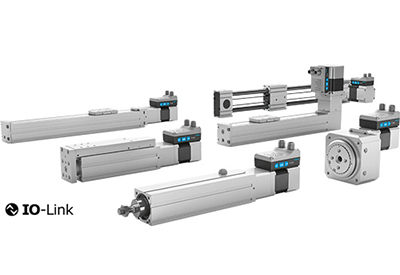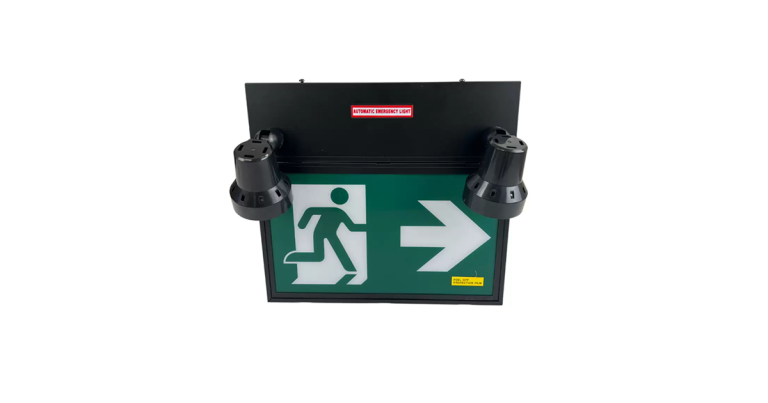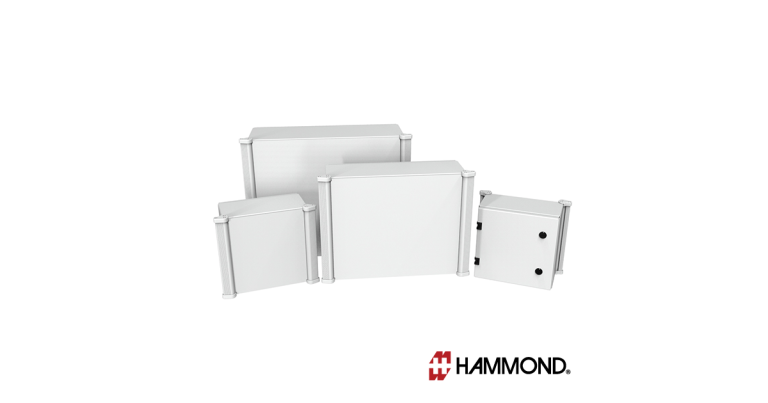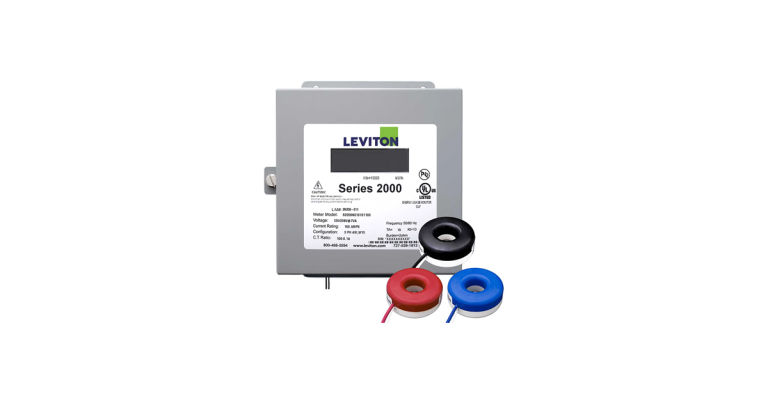Festo’s Simplified Motion Series: Electric Drives That Prove Less is More

Nov 15, 2019
Festo has created the Simplified Motion Series of electric drives for jobs requiring very simple motion or positioning, with the added bonus of being exceedingly easy to commission. These all-in-one units are alternatives for users looking for pneumatics-like simplicity – with all the necessary components and modules, including the motor and controller incorporated into the one unit, with no external controller, control cabling, or control cabinet.
Festo really puts the simple into Simplified Motion Series with fast, easy commissioning, perfect for users who don’t want to go through the often complex commissioning process required to get traditional electric drive systems up and running. All five of the drives comprising the Simplified Motion Series employ the “plug and work” principle. All parameters can be manually adjusted directly on the drive without any special expertise, software, a computer or other accessories. Digital I/O and IO-Link are included as standard. With digital I/O, the drive’s speed and force, end positioning and cushioning can be set via touch commands right on the on-board controller. The process is remarkably simple and intuitive. Additional, extended functions are available using I/O Link, like remote setting of motion parametres, or copy and backup for parametre transfers between the drive and a computer.
The cost-effective Simplified Motion Series is optimized for performing simple movements between two mechanical end positions with special movement characteristics such as gently cushioned retracting into the end position and simplified press-fitting and clamping functions. The five drives were designed with the unique one-size-down assembly system, which means they can be easily paired in various combinations.
- ELGS spindle and toothed belt axis slides: The extremely compact spindle variant (ELGS-BS) comes in three sizes for a payload of up to 20 kg. at a max stroke length of 800 mm. The tooth belt variant (ELGS-TB) is ideal as a main axis in a handling system; it’s available in two sizes for up to 1.3 m/s at a max stroke of 2,000 mm. These slides can be mounted with each other or with an EGSS mini-slide.
- EGSS mini slide: This resilient mini slide provides smooth spindle operations for vertical Z movement or individual guided linear movements in every mounting position. The internal linear guide absorbs transverse loads and provides very good resistence to torsion at high torques. It comes in three sizes with a max stroke of 200 mm.
- EPCS Electric cylinder: The EPCS performs single linear movements, witth a smooth y running ball screw drive that allows precise, rapid positioning. It’s ideally suited for applications such as positioning, clamping distribution, sorting or ejection, and in handling systems as a simple Z axis. It comes in three sizes with a max stroke of 500 mm.
- ELGE toothed belt axis: This design is ideal for very simple tasks with low requirements for mechanical load, dynamic response and precision – where the user wants a particularly attractively priced option for high running performance of 5000 km.
- ERMS rotary drive: For simple swivel tasks as well as for increased mechanical loads. It has a rotary plate with sturdy, precise and backlash-free ball bearings so it can absorb transverse loads and torques. It comes in two sizes, each with a swivel angle of 90 and 180. With the standardized mounting interface, it can be connected directly to a number of Festo mini-slides including the EGSS.
Go HERE for more information

















